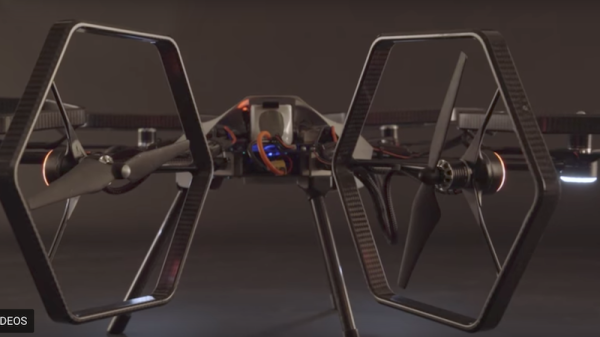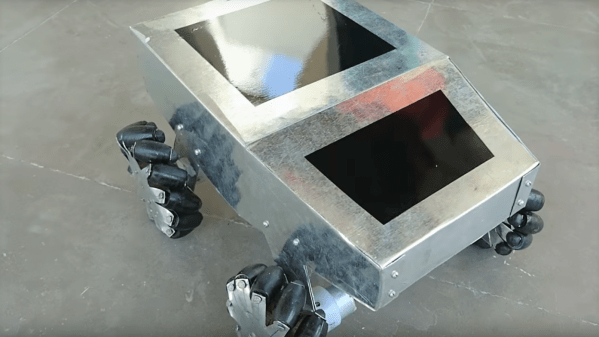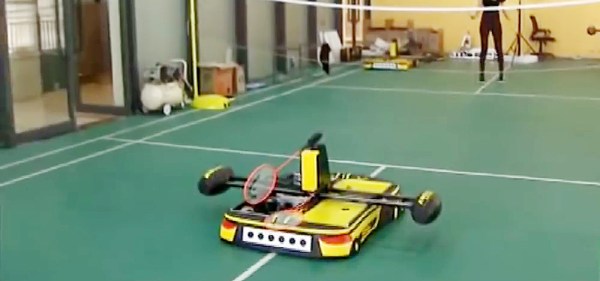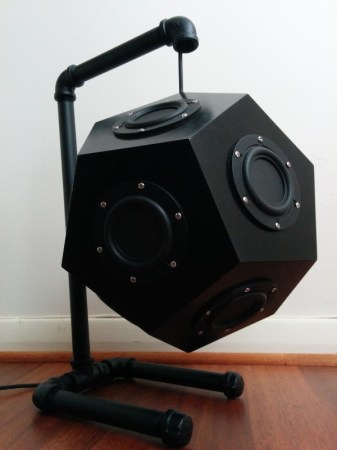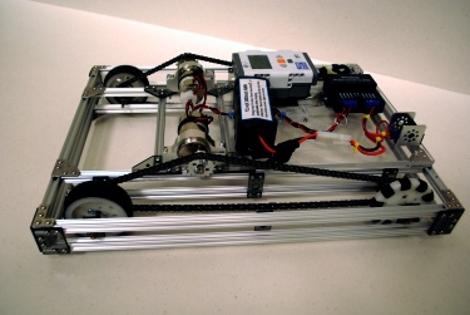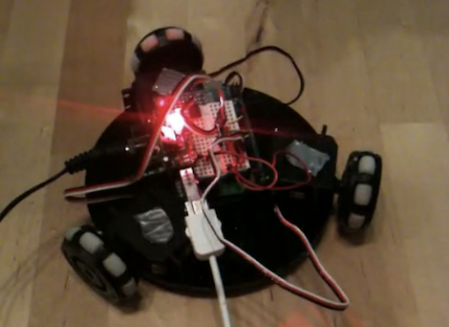A traditional quadcopter is designed to achieve 6 degrees of freedom — three translational and three rotational — and piloting these manually can prove to be a challenge for beginners. Hexacopters offer better stability and flight speed at a higher price but the flight controller gets a bit more complex.
Taking this to a whole new level, the teams at the Swiss Federal Institute of Technology (ETH Zürich) and Zurich University of the Arts (ZHDK) have come together to present a hexacopter with 6 individually tiltable axes. The 360-degree tilt in rotors allows for a whopping 12-degrees of freedom in flight and allows the UAV to fly in essentially any direction including parallel to walls.
In addition to the acrobatic capabilities of the design, the team has done some testing with autonomous control using external cameras. Their blog contains videos of their testing at various stages and it interesting to see the project evolve over a short span of nine months. Check out the video below of the prototype in action.
With Amazon delivering packages via drone and getting patents for parachute labels, UAV design is evolving faster now than ever. We can’t wait to see where this 12 DOF takes the state of the art. Continue reading “Harrier-like Tilt Thrust In Multirotor Aircraft”

